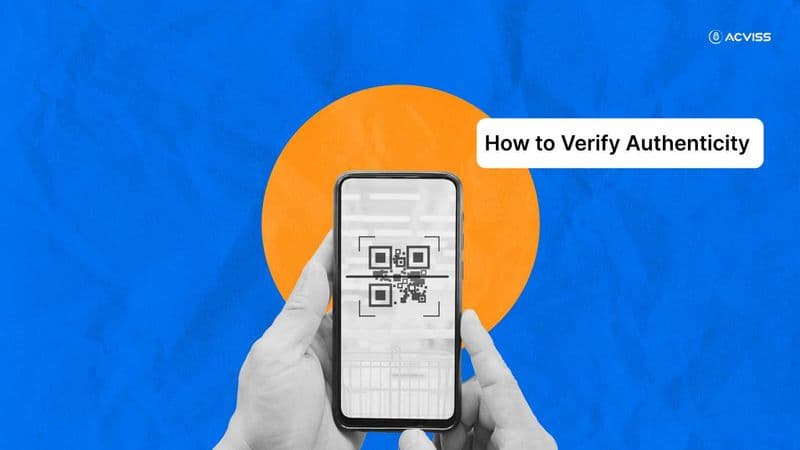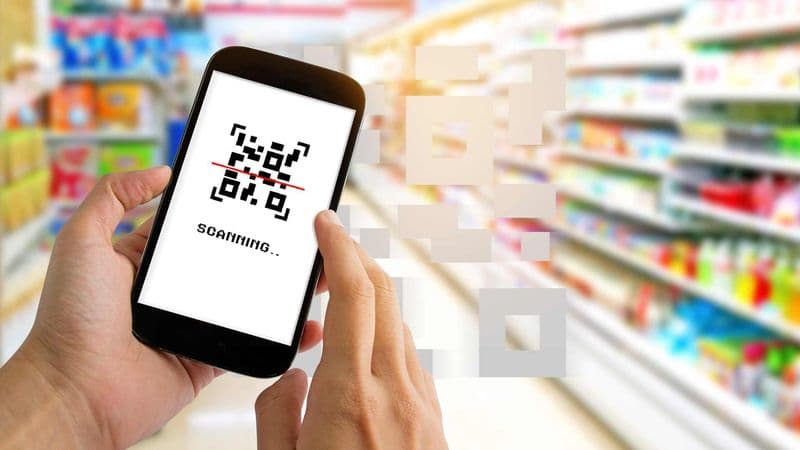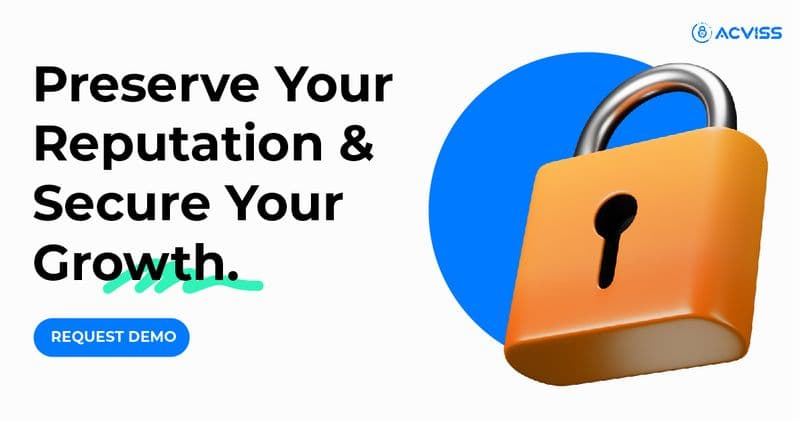Why Teaching Consumers Product Verification Skills Is Essential for Modern Brand Protection

Global consumers today are more informed, connected, and discerning than ever. Yet the marketplace they navigate is also more complex. Counterfeit goods appear in almost every category, ranging from daily household essentials to premium electronics and life-saving medications. For brands working hard to deliver quality and safety, the question is no longer limited to internal controls. It now extends to the end consumer, who has become the final checkpoint in the chain of trust.
Helping customers verify authenticity is no longer an optional brand activity. It has become a core pillar of modern brand protection. When customers know how to check, when they feel confident that what they hold is genuine, they trust more, engage more and stay loyal for longer. For brands, this trust translates into higher customer satisfaction, stronger retention and a reputation that stands firm even in crowded and chaotic markets.
This is why consumer education has taken centre stage in discussions on product verification, customer engagement and offline protection. Brands that empower their customers to authenticate products independently safeguard not only their revenue but also their identity, IP and long-term growth.
Why Consumer Education Matters More Than Ever
Counterfeiting is not slowing down. It is evolving. The global trade in fake goods is valued at over $3 trillion today. These numbers reflect only the visible portion. The real impact is far wider because counterfeiting affects trust more than anything else.
For brands, especially in sectors like FMCG, pharmaceuticals, agrochemicals and electronics, the modern marketplace comes with three intertwined challenges.
1. The point of vulnerability is shifting closer to the consumer
Earlier, most brand protection strategies focused on supply chain checks and wholesale controls. Today, the highest risk lies at the retail and distribution level. Counterfeiters operate where visibility is lowest, often bypassing formal systems entirely. As a result, customers may encounter inauthentic goods even in seemingly credible retail environments.
2. Digital literacy is growing, but authentication habits are not
Customers know how to scan QR codes, search product information and read reviews, but they do not always know how to verify authenticity. Many rely on visual cues or packaging assumptions, which counterfeiters easily replicate. True product authentication requires a guided process that customers need to be taught.
3. Brand reputation is now shaped by public experience, not internal claims
If even a small percentage of customers unknowingly buy counterfeits, the brand is held responsible. Every negative experience, even when caused by unauthorised products, chips away at trust. Educating customers helps shift the narrative. It tells consumers that the brand takes product safety seriously and has provided them with a tool to protect themselves.
How Consumer Education Strengthens Brand Protection
A well-designed customer education strategy does more than teach users how to verify authenticity. It strengthens the overall brand protection ecosystem from multiple angles.
1. Helps customers act as active guardians of your brand
When customers know how to verify products, they become an additional layer of offline protection. They stop fakes at the point of purchase rather than after a loss has occurred. This directly reinforces IP protection, trademark integrity and product safety.
2. Increases customer engagement through a sense of involvement
Product verification becomes a touchpoint. Every scan, interaction or check builds a micro moment of connection between the brand and its customer. Modern authentication solutions that allow instant verification also serve as a bridge to customer engagement programmes, loyalty initiatives or educational content.
3. Reduces the revenue leakage caused by counterfeit infiltration
Counterfeit losses are not only financial. They create operational strain, increase customer complaints and divert resources to support teams. Educated customers help reduce this burden. They purchase authentic products more confidently and report suspicious items more effectively, allowing brands to act faster.
4. Reinforces trust in high-risk categories
Industries such as pharmaceuticals, baby products, agrochemicals and construction materials face severe reputational risk. Customers expect visible brand authentication measures. When they are trained to identify and verify these measures, the brand’s credibility is strengthened at every purchase.
What Effective Consumer Education Looks Like

1. Clear, simple instructions at the point of interaction
Customers should understand instantly what to do. Brands often use a combination of packaging cues, QR-based verification prompts or printed guides. The language must be simple, not technical. The process should take seconds, not minutes. Clarity builds confidence and encourages repeat checks.
2. Education through retail staff and distribution partners
Many customers rely on retailers for guidance. When retail staff understand the brand’s authentication solutions, they become key allies. Short training videos, information cards and sample demonstrations go a long way in strengthening this frontline of protection.
3. Multi-channel awareness across digital and offline platforms
Education must appear where customers already spend time. Social media posts, short videos, banners on e-commerce listings, WhatsApp shareable guides and website FAQs all form part of the ecosystem. Offline, posters at retail stores, brochures and field representative interactions complete the cycle.
4. Real-world examples that demonstrate the risk
Customers act faster when they understand what can go wrong. Case studies, intercepted counterfeit stories, or government alerts raise awareness about product safety and encourage verification habits. They also signal that the brand is being transparent and proactive.
The Role of Technology in Enabling Consumer-Led Product Authentication
While education is the bridge, technology is the engine. Without reliable product authentication solutions, customer education would have a limited impact. Modern brand protection solutions now integrate advanced technologies that support instant and reliable offline protection.
The Power of Non-Cloneable Technology
Some brands rely on technologies that cannot be copied or reproduced, even with high-quality printing or digital replication. Non-cloneable technology makes it impossible for counterfeiters to mimic the verification element. This is crucial in sectors where counterfeit sophistication is high.
How Certify Helps Strengthen Consumer-Led Product Verification
Certify is designed as a consumer-centric product authentication system. It provides a simple verification journey that any customer can use without special equipment or technical knowledge. The verification element is secure, non-clonable and supported by back-end intelligence that detects suspicious patterns. This combination ensures that customers receive instant clarity and brands gain real-time insights.
By integrating Certify into packaging and communication material, brands provide a reliable way for customers to confirm authenticity. The process builds trust, encourages responsible buying behaviour and enhances the overall brand verification ecosystem.
Building an Organised Consumer Education Framework

To make an education-driven brand protection strategy effective, brands must treat it as an ongoing programme rather than a one-time campaign. A structured approach includes the following elements.
1. Audience segmentation
Not all customers interact with your product the same way. Urban, rural, online first, offline first and professional user segments require different communication approaches. For example, agricultural consumers may benefit from printed guides in regional languages, while urban consumers respond better to short video instructions.
2. Consistent messaging
Every touchpoint must deliver the same message. How to verify, what to look for, what signals authenticity and what customers should do if something feels wrong. Consistency strengthens recall.
3. Measurable feedback loops
Verification data, customer reports and retailer feedback all provide insights into the effectiveness of the programme. Brands can identify areas where customers need more clarity and refine instructions accordingly.
4. Integration into customer satisfaction and loyalty programmes
Product authentication should not feel like an isolated activity. When verification is linked to smart rewards, thank you messages or learning resources, customers are more likely to adopt the habit. It also reinforces positive engagement with the brand.
Preparing for the Future of Brand Authentication
The next decade will see authentication become as common as scanning a digital payment code. Customers will expect it as part of their buying journey. Brands that invest early in customer education will enjoy a clear advantage. They will face fewer counterfeit complaints, experience stronger loyalty and benefit from better customer relationships.
At its core, consumer education is about empowerment. It helps customers protect themselves, strengthens brand identity and encourages a transparent marketplace. When supported by advanced brand protection solutions and non-cloneable verification technologies, education becomes a powerful shield against counterfeiting.
Conclusion
Teaching customers how to verify authenticity is no longer a secondary communication task. It is a strategic investment in brand protection, product safety and customer satisfaction. Brands that guide customers clearly, offer reliable verification tools and integrate consumer education into their engagement efforts build a marketplace where trust is measurable and long-lasting.
If you are interested to learn more or want to explore how modern product authentication technologies can support your brand, get in touch with us.
